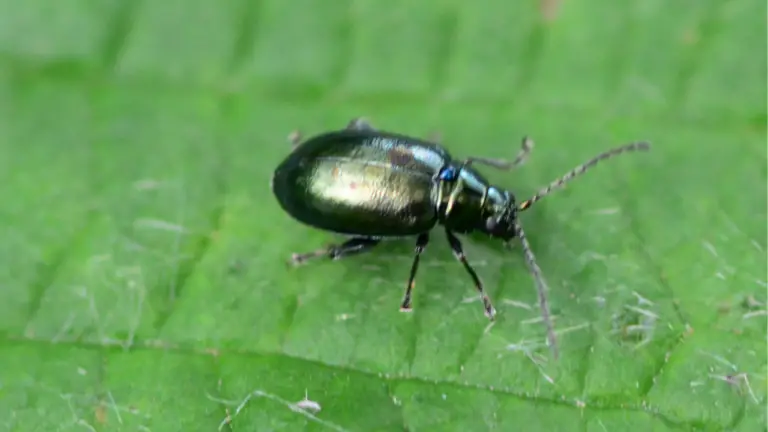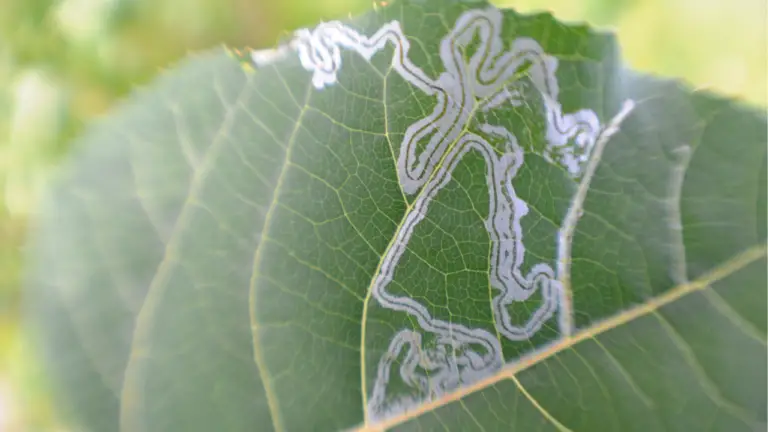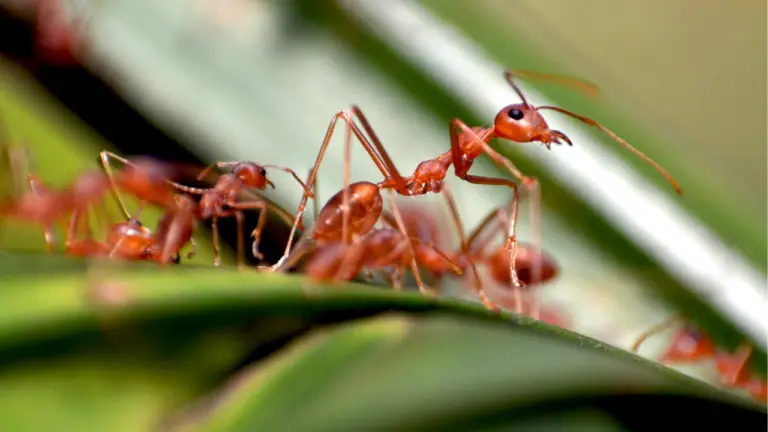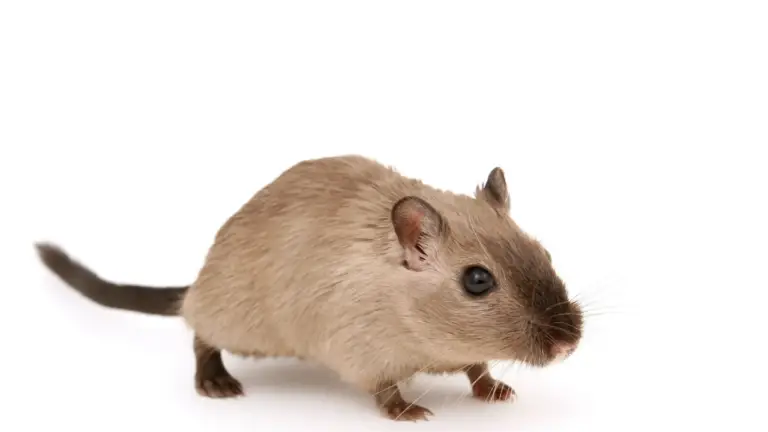10 Ways To Get Rid Cockroaches
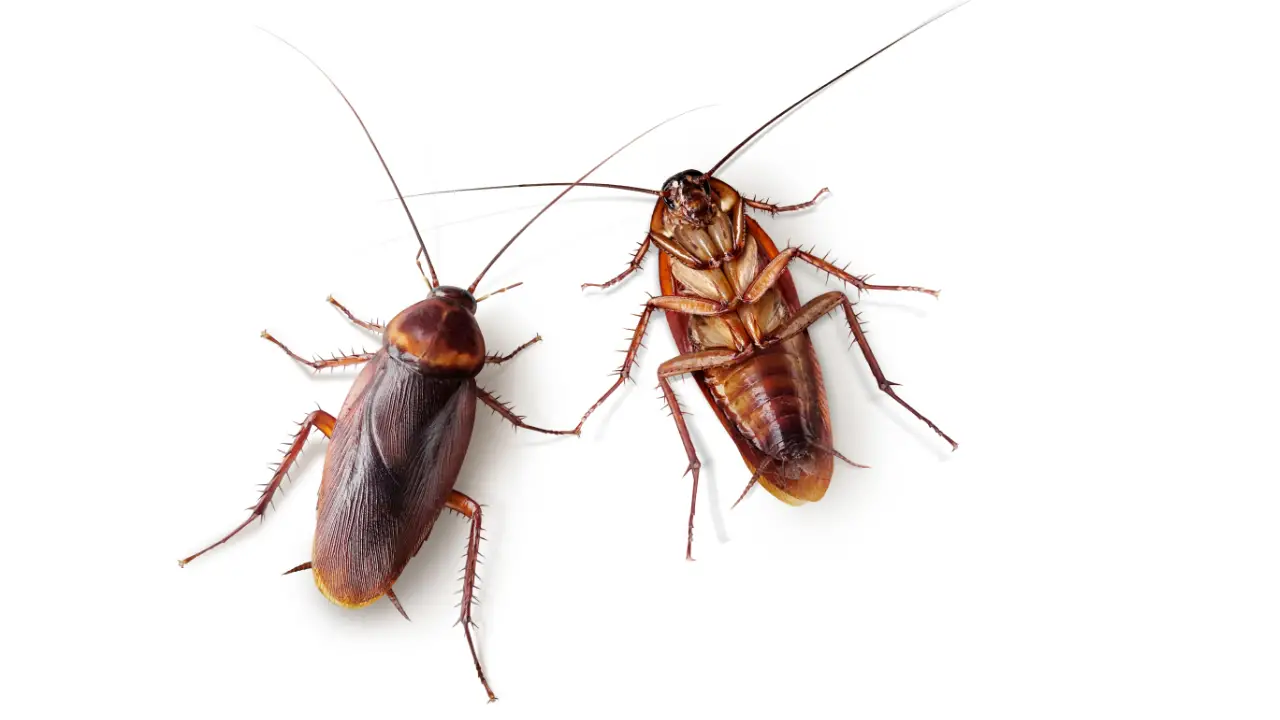
Cockroaches are not only unsightly but can also pose significant health risks. These resilient pests are known for spreading diseases, contaminating food, and causing allergies. Getting rid of cockroaches can be a daunting task due to their ability to thrive in various environments and their rapid reproductive cycle. However, with the right strategies and products, it is possible to control and eliminate these pests from your home or workplace. In this article, we will explore ten effective methods, both natural and synthetic, to help you achieve a cockroach-free environment.
10 Ways To Get Rid Cockroaches
1. Boric Acid
Boric acid is a widely used and highly effective method for cockroach control. It works by damaging the exoskeleton of cockroaches and disrupting their digestive system. When cockroaches come into contact with boric acid, they carry it back to their nests, thereby poisoning other members of the colony.
To use boric acid, sprinkle a thin layer in areas where cockroaches are commonly seen, such as behind appliances, under sinks, and along baseboards. Be cautious not to use too much, as cockroaches might avoid large piles of powder. While boric acid is generally safe for humans and pets, it should be kept out of reach of children and animals to prevent accidental ingestion.
2. Diatomaceous Earth
Diatomaceous earth is a natural, non-toxic powder made from fossilized algae. It kills cockroaches by absorbing the oils and fats from their exoskeletons, causing them to dehydrate and die. This product is particularly effective because it remains active as long as it stays dry.
Apply diatomaceous earth in thin layers in areas where cockroaches are likely to travel. Focus on cracks, crevices, and other hiding spots. It’s safe for use around humans and pets, making it an excellent choice for households looking for a non-chemical solution. However, it can be messy, so careful application is recommended.
3. Baking Soda and Sugar
A simple and cost-effective method to eliminate cockroaches is using a mixture of baking soda and sugar. The sugar attracts the cockroaches, while the baking soda reacts with the acid in their stomachs, leading to their demise.
To use this method, mix equal parts of baking soda and sugar and place the mixture in small dishes or shallow containers in areas frequented by cockroaches. Check and refill the mixture regularly to ensure its effectiveness. This method is safe and non-toxic, making it suitable for homes with children and pets.
4. Essential Oils
Certain essential oils, such as peppermint, eucalyptus, and tea tree oil, have been found to repel cockroaches. These oils disrupt the sensory receptors of cockroaches, making the treated areas unattractive to them.
To use essential oils, mix a few drops with water and spray the solution around entry points, along baseboards, and in other areas where cockroaches are active. Alternatively, you can soak cotton balls in the essential oils and place them strategically around your home. While this method is safe and natural, it may need to be reapplied frequently for continued effectiveness.
5. Gel Baits
Gel baits are a popular and effective synthetic method for cockroach control. These baits contain a slow-acting poison mixed with an attractant that lures cockroaches. Once ingested, the poison is carried back to the nest, where it spreads to other members of the colony.
Apply gel baits in small dabs in areas where cockroaches are known to hide, such as cracks, crevices, and behind appliances. Gel baits are highly effective because they target the entire colony, not just the visible roaches. However, it’s important to keep the baits out of reach of children and pets.
6. Insect Growth Regulators (IGRs)
Insect Growth Regulators (IGRs) are synthetic products that interfere with the development and reproduction of cockroaches. They work by mimicking the hormones that regulate the growth and reproduction processes, effectively preventing immature cockroaches from reaching adulthood and reproducing.
IGRs can be applied as sprays, bait stations, or aerosols in areas where cockroaches are active. They are particularly useful in integrated pest management programs because they provide long-term control without the immediate toxicity of conventional insecticides. Regular application may be necessary to disrupt the lifecycle of the cockroach population effectively.
7. Neem Oil
Neem oil is a natural pesticide derived from the neem tree. It contains compounds that disrupt the hormonal system of cockroaches, inhibiting their ability to feed, breed, and grow. Neem oil is also known for its repellent properties, making treated areas less attractive to pests.
To use neem oil, mix it with water and a small amount of soap to create an emulsion, then spray it in areas where cockroaches are active. Neem oil is safe for humans and pets, and its slow-acting nature ensures that cockroaches exposed to it will carry the toxic effects back to their nests. However, consistent application is necessary to maintain its effectiveness.
8. Commercial Cockroach Sprays
Commercial cockroach sprays are readily available and provide immediate results. These sprays contain insecticides that kill cockroaches on contact and often have residual effects that continue to kill insects for several days after application.
Use commercial sprays according to the manufacturer’s instructions, targeting areas where cockroaches are seen or suspected to be hiding. While these sprays are effective for quick knockdown, they may not address the root of the infestation, so they are best used in combination with other control methods. Ensure proper ventilation when using these sprays and keep them away from children and pets.
9. Sticky Traps
Sticky traps, also known as glue boards, are an effective and non-toxic way to monitor and reduce cockroach populations. These traps contain a sticky adhesive that captures cockroaches when they walk over them, preventing them from escaping.
Place sticky traps in areas where cockroaches are commonly seen, such as along baseboards, behind appliances, and in cabinets. Regularly check and replace the traps as needed. While sticky traps alone may not eliminate an infestation, they are useful for identifying problem areas and gauging the effectiveness of other control methods.
10. Professional Pest Control Services
For severe infestations or persistent cockroach problems, professional pest control services may be necessary. Pest control experts have access to advanced products and techniques that are not available to the general public, providing a more comprehensive approach to cockroach elimination.
Professional pest control services typically begin with a thorough inspection to identify the extent of the infestation and potential entry points. They then implement a customized treatment plan that may include baits, sprays, dusts, and IGRs. Follow-up visits ensure that the cockroach population is effectively controlled and prevented from returning. While professional services can be more expensive than DIY methods, they offer the benefit of expertise and a higher likelihood of complete eradication.

